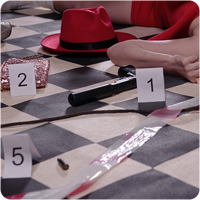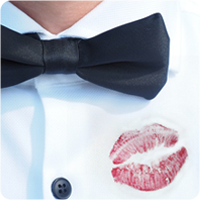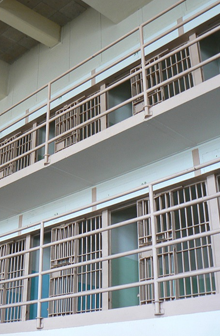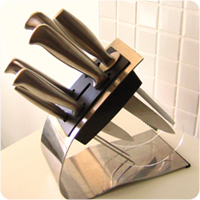Het arrangement Forensic science v456 is gemaakt met Wikiwijs van Kennisnet. Wikiwijs is hét onderwijsplatform waar je leermiddelen zoekt, maakt en deelt.
- Auteur
- Laatst gewijzigd
- 11-05-2025 22:44:36
- Licentie
-
Dit lesmateriaal is gepubliceerd onder de Creative Commons Naamsvermelding-GelijkDelen 4.0 Internationale licentie. Dit houdt in dat je onder de voorwaarde van naamsvermelding en publicatie onder dezelfde licentie vrij bent om:
- het werk te delen - te kopiëren, te verspreiden en door te geven via elk medium of bestandsformaat
- het werk te bewerken - te remixen, te veranderen en afgeleide werken te maken
- voor alle doeleinden, inclusief commerciële doeleinden.
Meer informatie over de CC Naamsvermelding-GelijkDelen 4.0 Internationale licentie.
Aanvullende informatie over dit lesmateriaal
Van dit lesmateriaal is de volgende aanvullende informatie beschikbaar:
- Toelichting
- Deze les valt onder de arrangeerbare leerlijn van de Stercollectie voor Engels voor vwo, leerjaar 4, 5 en 6. Dit is thema 'Crime'. Het onderwerp van deze les is: Forensic science. Deze les gaat over forensisch onderzoek. Daarbij worden verschillende types forensisch bewijs genoemd, zoals vingerafdrukken of DNA. Daarnaast wordt er een 'crime report' geschreven.
- Leerniveau
- VWO 6; VWO 4; VWO 5;
- Leerinhoud en doelen
- Engels;
- Eindgebruiker
- leerling/student
- Moeilijkheidsgraad
- gemiddeld
- Studiebelasting
- 3 uur 0 minuten
- Trefwoorden
- arrangeerbaar, bewijs, crime report, dna, engels, forensic science, forensisch onderzoek, stercollectie, v456, vingerafdrukken
Gebruikte Wikiwijs Arrangementen
VO-content Engels. (2021).
Forensic science h45

 The subject of this lesson is 'Facts and figures'.
The subject of this lesson is 'Facts and figures'.


 Speaking (and Reading)
Speaking (and Reading) Reading
Reading
 High fashion detective work
High fashion detective work


 See how many clues you can identify in your own "crime scene". Choose a room (e.g., kitchen, living room, bedroom) or part of a room and go over it carefully, finding any trace evidence such as hair, clothing fibers, and chips of paint. You can collect these with a pair of tweezers and place them in envelopes or Ziplock bags to identify later. Are there any prints or scuff marks on the floor from shoes? Bits of soil or rock that might have been brought in?
See how many clues you can identify in your own "crime scene". Choose a room (e.g., kitchen, living room, bedroom) or part of a room and go over it carefully, finding any trace evidence such as hair, clothing fibers, and chips of paint. You can collect these with a pair of tweezers and place them in envelopes or Ziplock bags to identify later. Are there any prints or scuff marks on the floor from shoes? Bits of soil or rock that might have been brought in? What have you learnt in this period?
What have you learnt in this period?